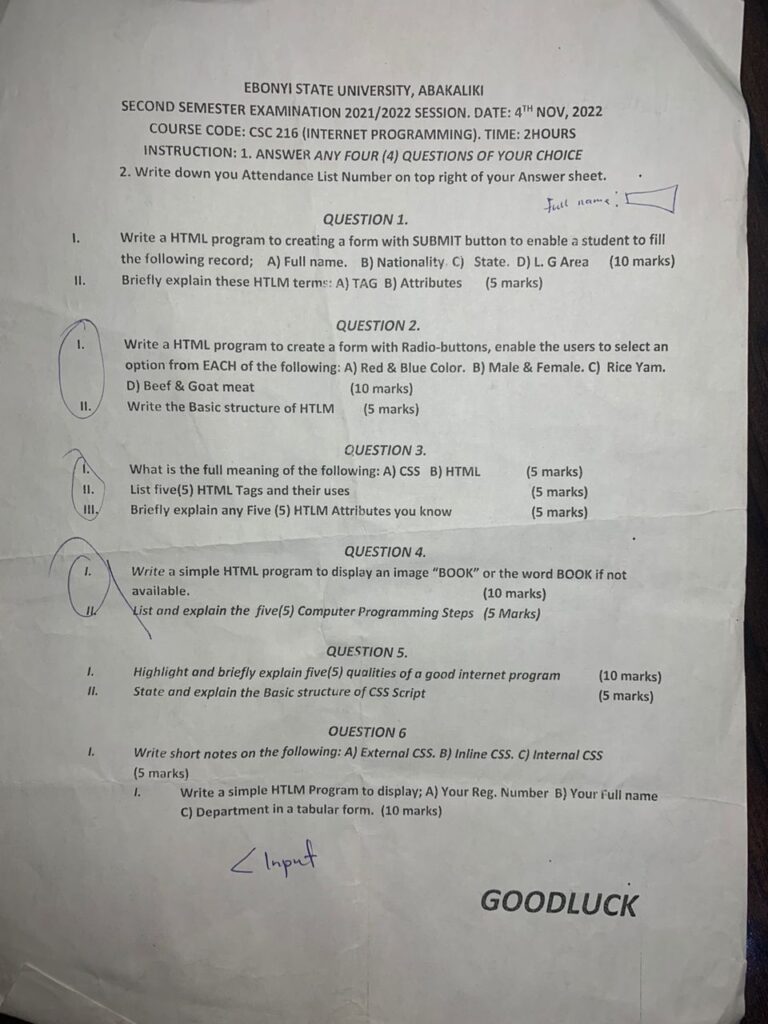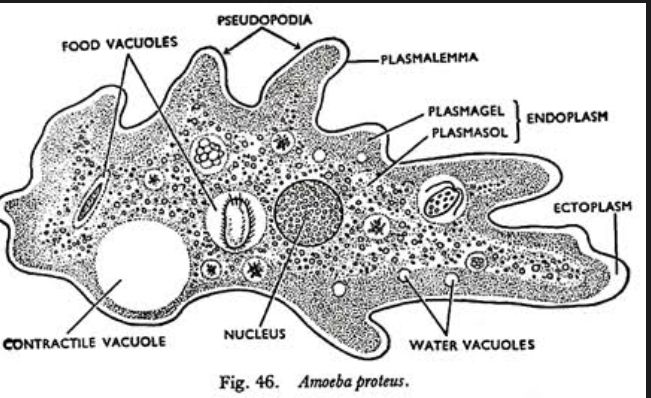Important Facts on SPERMATOPHYTES
SPERMATOPHYTES
Spermatophytes, the most successful plants, are seed plants that undergo alternation of generations, with the sporophyte as the dominant generation. Two major groups within Spermatophytes are Gymnosperms and Angiosperms.
GYMNOSPERMS:
- Have naked seeds and are wind-pollinated.
- Represent an intermediate link between pteridophytes and Angiosperms.
- Produce spores in cones (strobili).
- Xylem lacks vessels except in Gnetales.
ANGIOSPERMS:
- Are flowering plants with enclosed seeds.
- Undergo double fertilization and are insect-pollinated.
- Monocots have one cotyledon, parallel venation, fibrous roots, and scattered vascular tissues in the stem.
- Eudicots have two cotyledons, net venation, tap roots, and ring vascular tissues in stems.
Note: A complete flower consists of sepals, petals, stamen, and carpel (pistil).
FLORAL PARTS:
- SEPAL: Outermost part, collectively forming the calyx, protects other floral parts.
- PETALS: Brightly colored, attract pollinators, collectively forming the corolla.
- STAMEN: Comprising anther and filament, the male part forming the androecium.
- CARPEL (PISTIL): The female part, collectively forming the gynoecium.
FLORAL SYMMETRY:
- ZYGOMORPHIC FLOWERS: Monosymmetrical or bilateral.
- ACTINOMORPHIC FLOWERS: Regular and radially symmetrical.
BASED ON OVARY POSITION:
- HYPOGYNOUS FLOWERS: Superior ovary.
- EPIGYNOUS FLOWERS: Inferior ovary.
- PERIGYNOUS FLOWERS: Half-inferior ovary.
PLACENTATION:
- MARGINAL PLACENTATION: Found in legumes.
- AXILE PLACENTATION: Ovules around the center (e.g., tomatoes, orange).
- PARIETAL PLACENTATION: Ovary in one chamber (e.g., pawpaw, cucumber).
Don’t forget to share with your friends







That’s nice
This is very important tips in learning practical biology, this is great!
There’s always an improvement after studying with this material